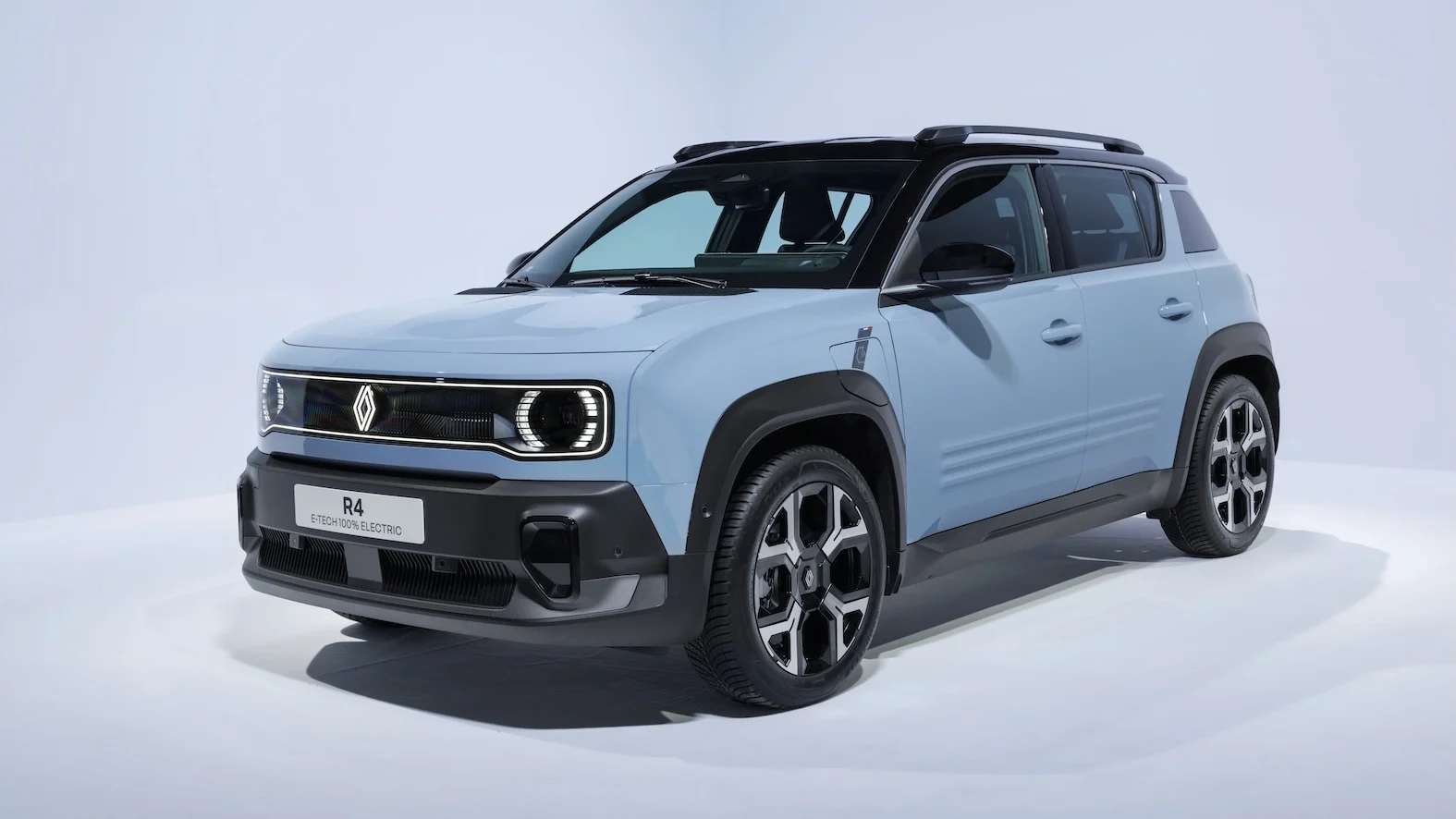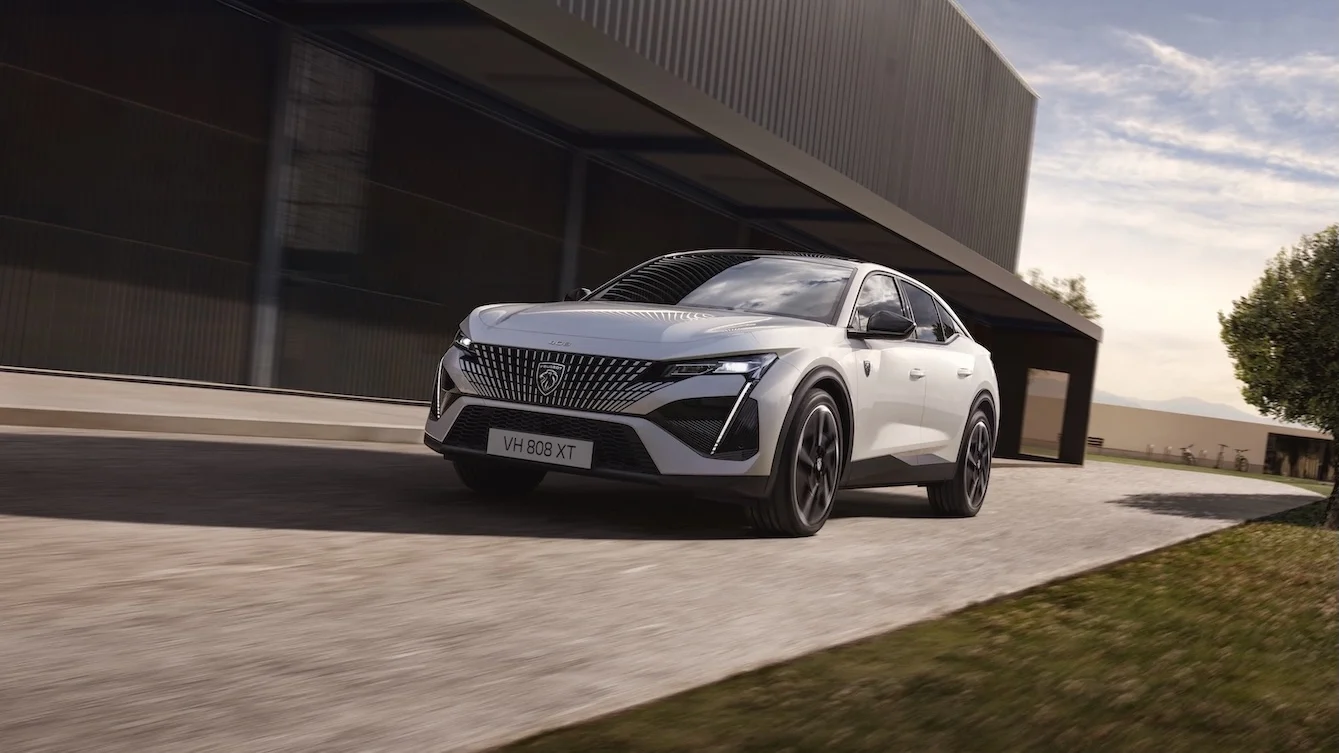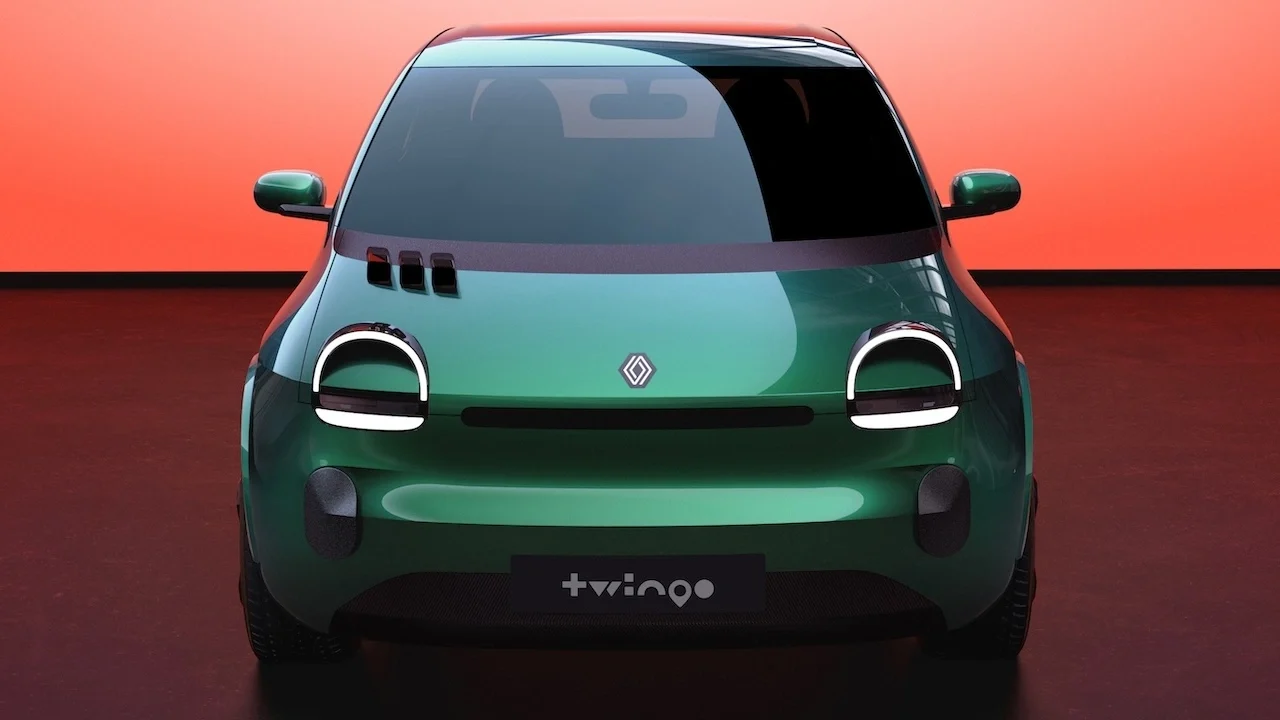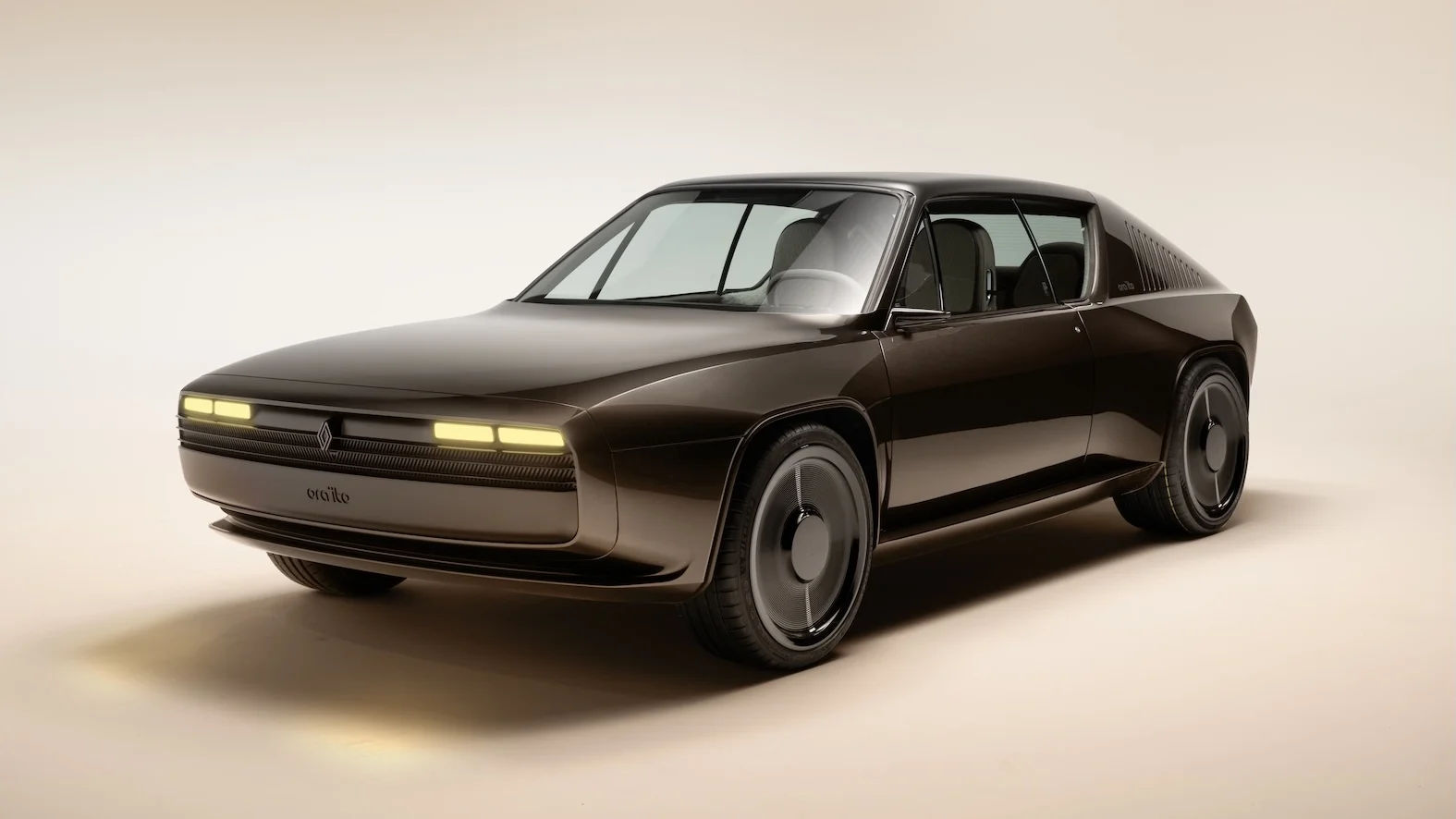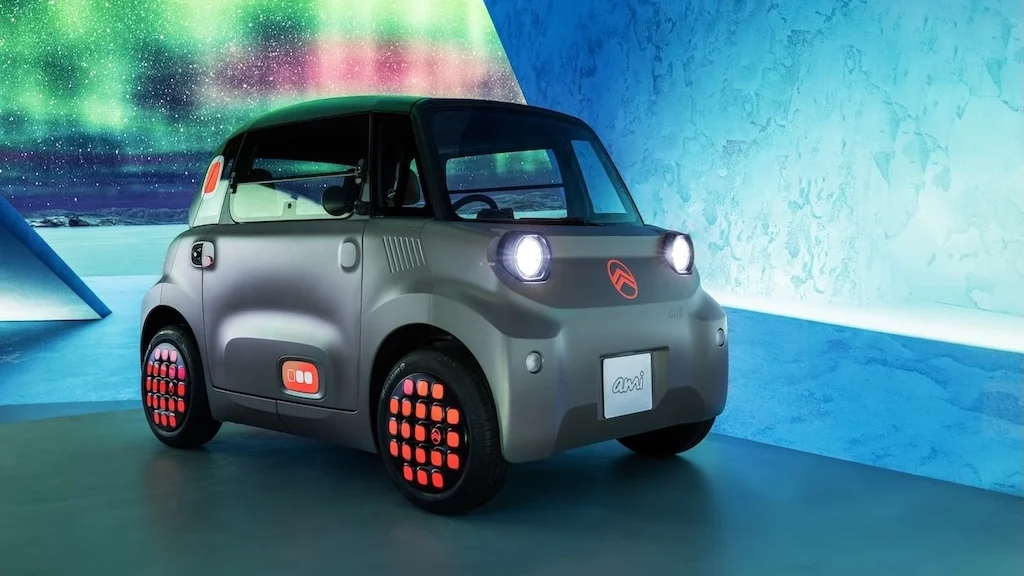2025 will see lots of new EVs go on sale, we check out five to look out for over the next 12 months
Audi E6 e-tron
On sale: spring
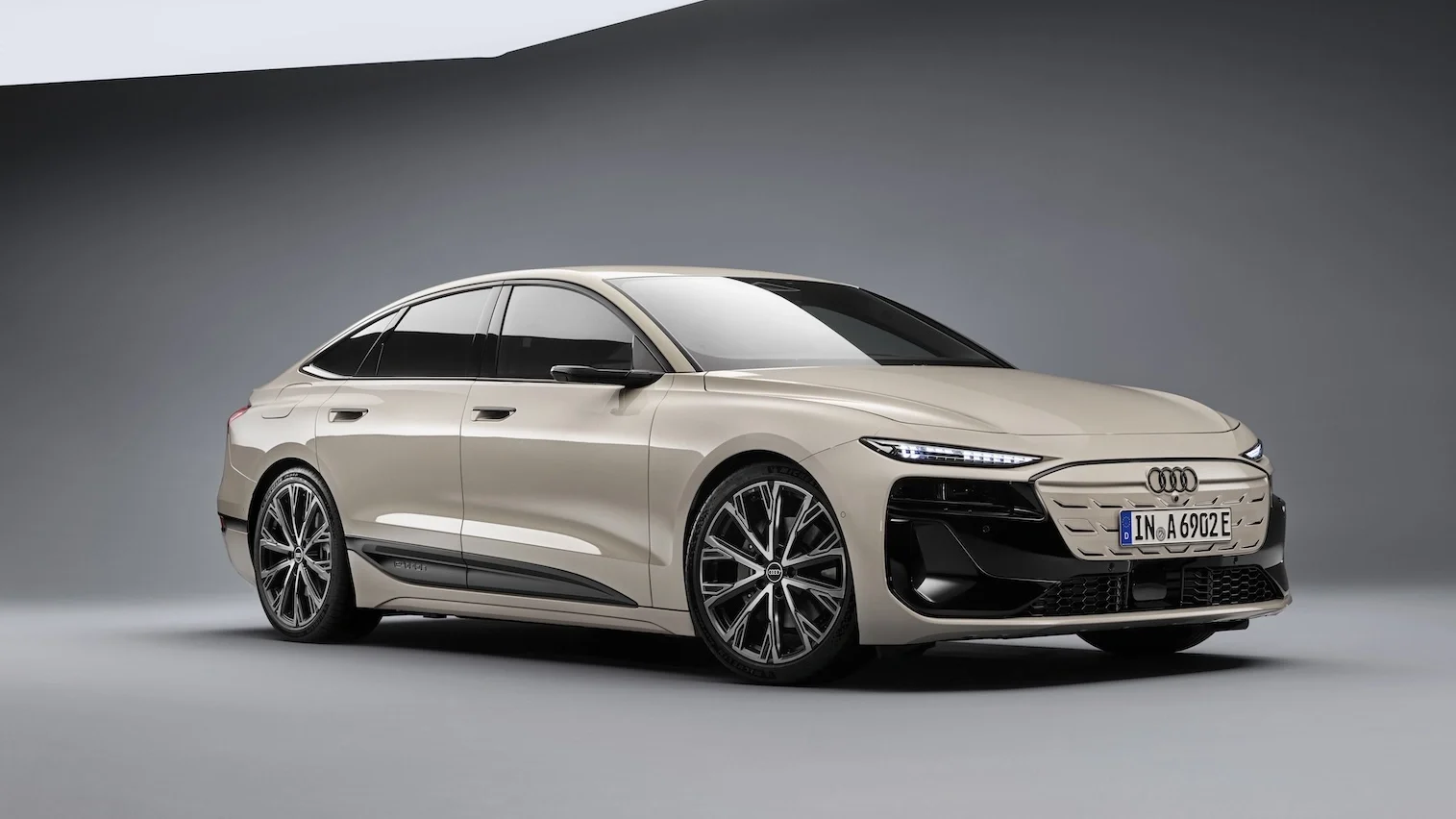
If you’re after an EV family car in 2025 and don’t fancy an SUV, then Audi has got just the car for you – the new A6 e-tron. The A6 e-tron will be available in Sportback and Avant estate bodystyles and boasts the choice of either a 83kWh or 100kWh battery and a range of up to 450 miles.
With some of the best aerodynamics in the class, including optional digital cameras in lieu of door mirrors, the A6 e-tron also has adaptive air suspension and an electrochromatic panoramic glass roof that can become opaque at the touch of a button. Inside is packed with tech with an optional 20-speaker Bang & Olufsen stereo system.
Hyundai Ioniq 9
On sale: winter
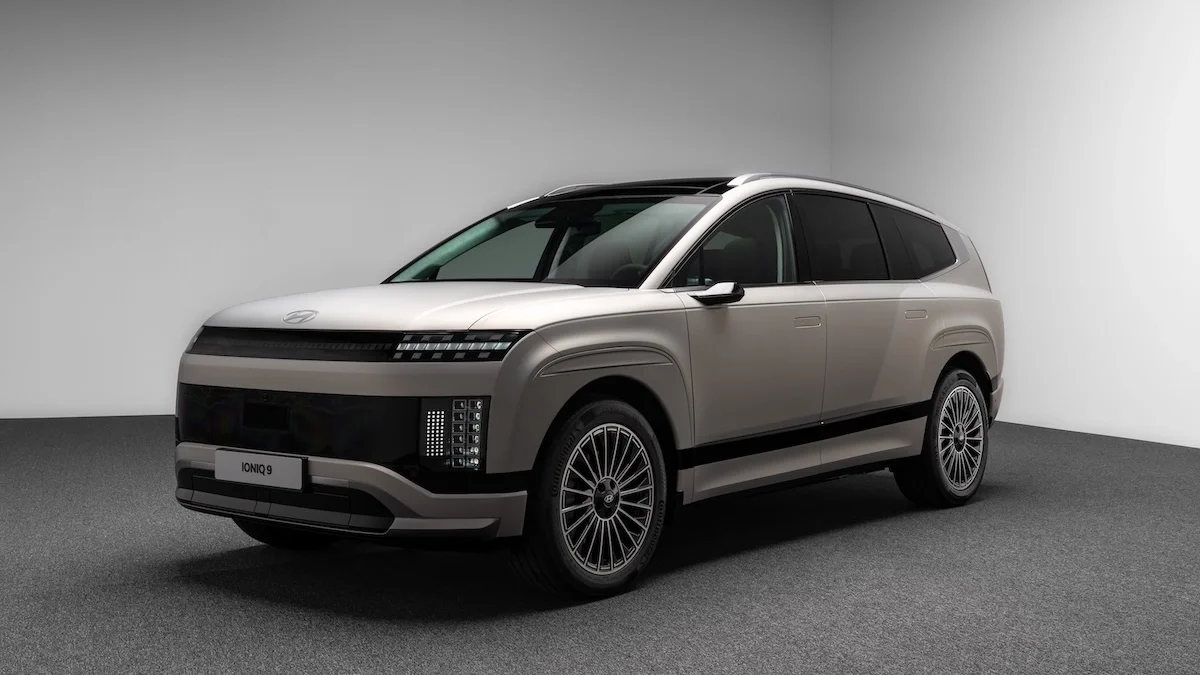
Hot from last month’s Los Angeles motor show, this is the new Hyundai IONIQ 9 which is big in every possible way – it’s big on space, big on range and big on practicality. With seating for up to seven people inside, the IONIQ 9 has a huge 110.3kWh battery capable of a 380-mile range.
Inside the Hyundai is packed with sustainable materials including Eco Process leather, recycled fabrics and even exterior body paint made from recycled tyres. Digital mirrors are also available as an option, while there are USB ports for all three rows of seats and the steering wheel contains a charge status display too.
Renault 5 E-Tech
On sale: January
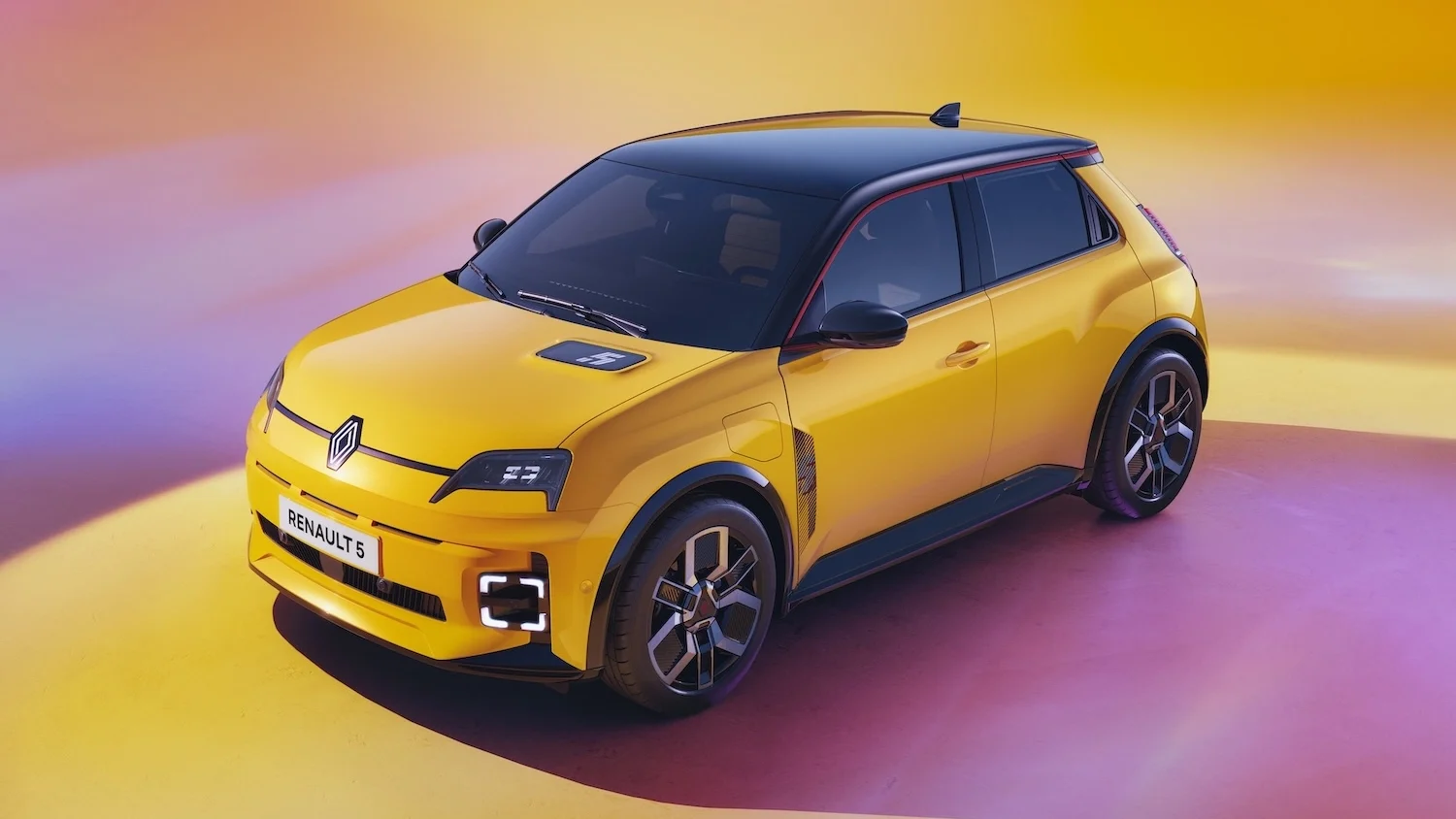
2025 is going to get off to an amazing start with the arrival in January of the stunning new Renault 5. Taking its styling cues from the 1970s original, the new 5 will be available with a choice of 40kWh or 52kWh batteries and a range of up to 248 miles.
There are bright retro colours to match the retro looks and a neat ‘5’ logo on the bonnet that lights up when charging showing the level of charge. Later in the year there will also be an Alpine A290 hot hatch version echoing the classic Renault 5 GT Turbos of yesteryear.
Volkswagen ID.2
On sale: tba
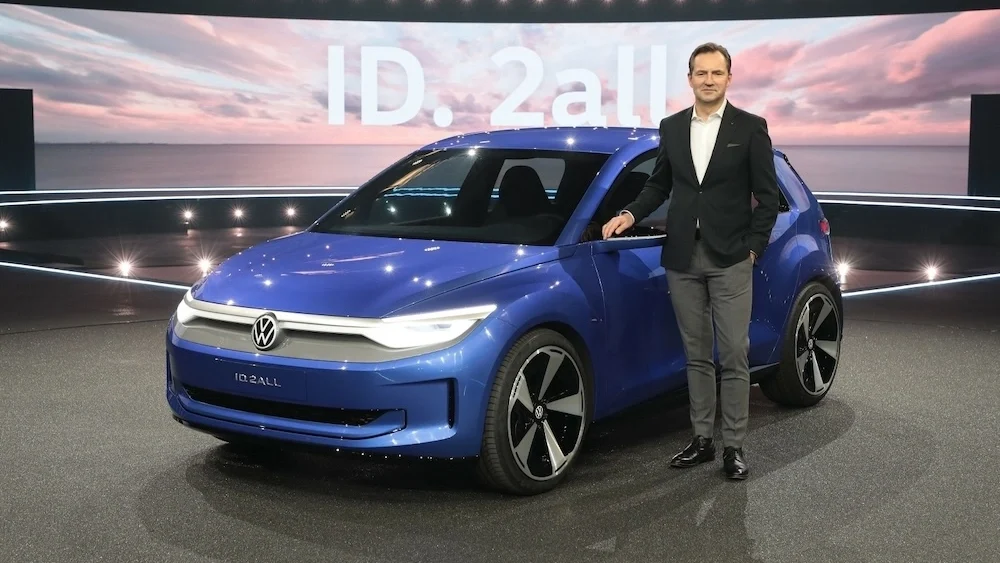
Do the best things come in the smallest packages? It certainly looks it if the new Volkswagen ID.2 is anything to go by. At the moment we’ve only seen this concept version, the ID.2all (pictured here with VW CEO Thomas Schäfer), but we’re expected to see the production version later in 2025 before it arrives in showrooms in 2026.
VW has promised the ID.2 to be “as spacious as a Golf and as inexpensive as a Polo” with a range of up to 280 miles and a starting price of around £25,000. All that plus some incredible practicality (with up to 1330 litres of space) in its five-door hatchback bodystyle, means the ID.2 will definitely be one to watch.
Fiat Grande Panda
On sale: spring
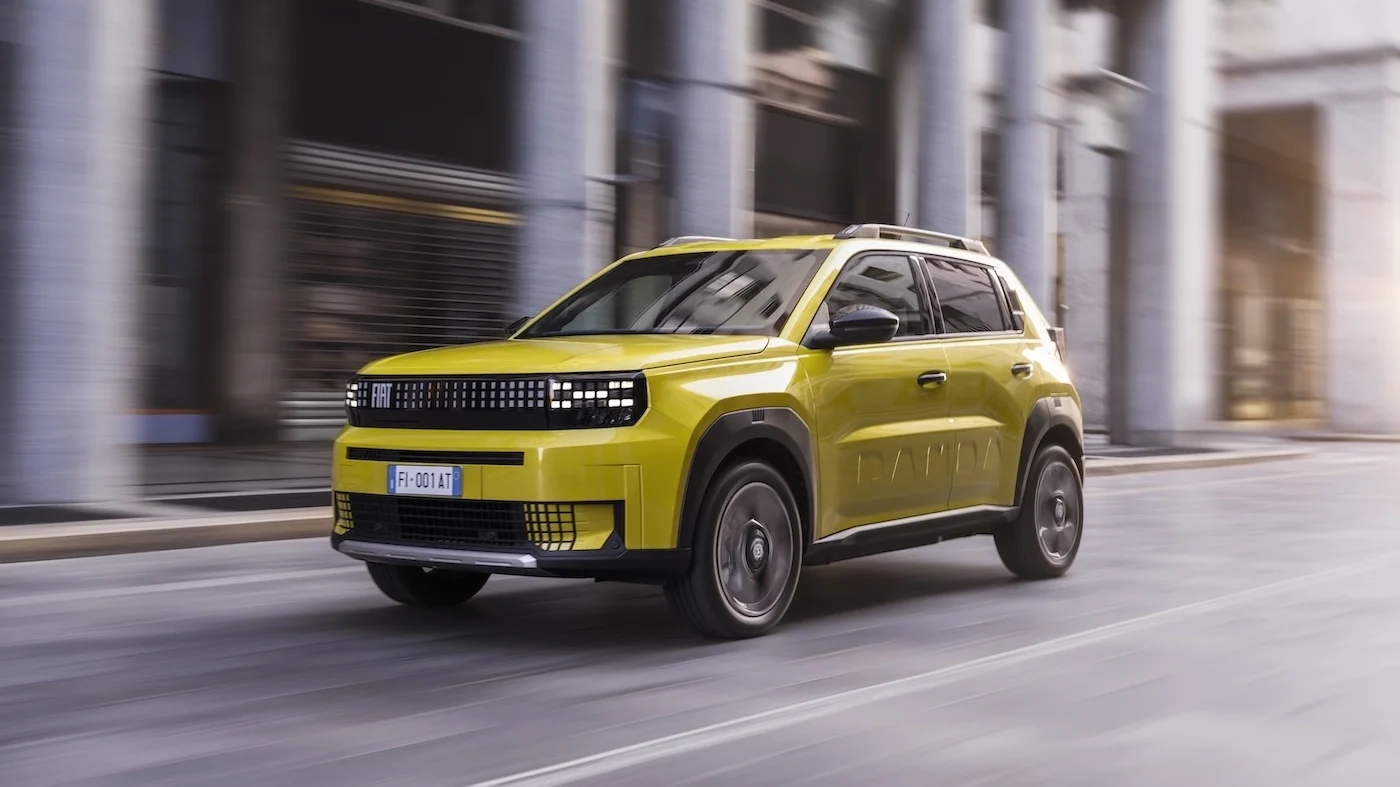
We love birthday presents and, as presents go for a 125 year old go, this new Grande Panda from Fiat has to be one of the best. Unveiled back in July to celebrate the Italian firm’s anniversary, the Grande Panda will arrive in showrooms in spring 2025 with all electric power for the first time.
But while it features a 44kWh battery and 195 mile range, the new Panda remains true to its predecessors with masses of practicality, clever storage and even a built-in spiral charging cable that extends from out of the bonnet. There are even bright retro colours too – red, white, black, green, brown, blue and yellow. Even better, at an expected £22,000, the Grande Panda is helping to bring new EV ownership to a lower price point too.
